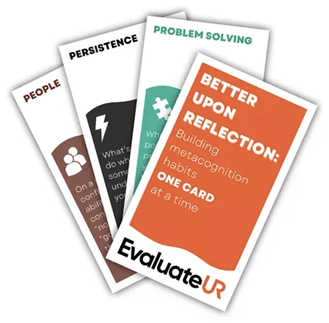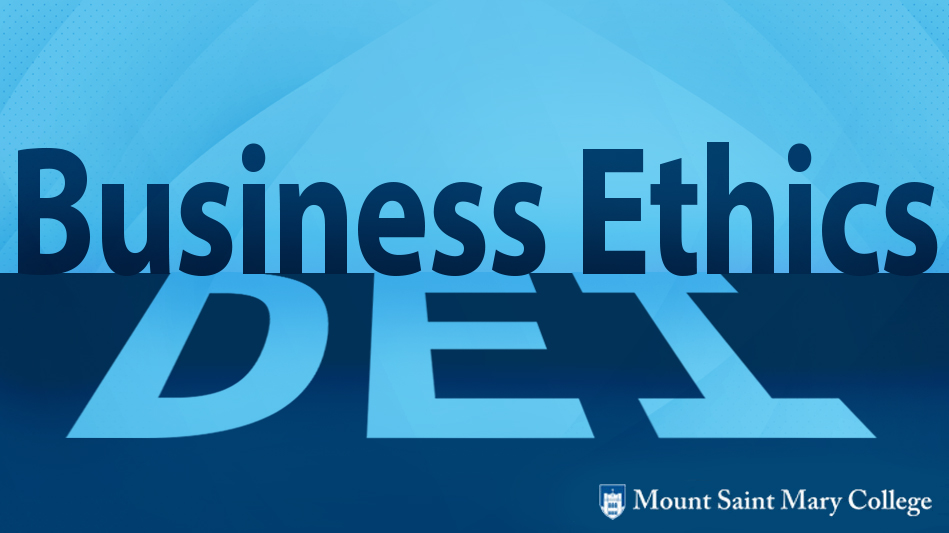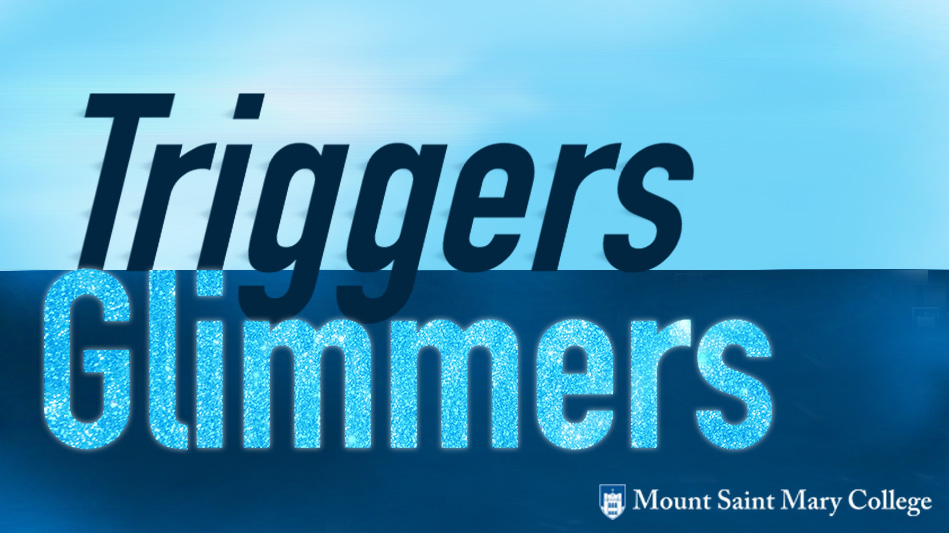by Patrick Cunningham, Ph.D., Rose-Hulman Institute of Technology
You may be familiar with the quip,
“You can lead a horse to water, but you can’t make it drink.”
Perhaps you can’t, however, my grandfather argued, “but you can put salt in its oats!” We can advise students on the importance of setting specific learning goals and accurately monitoring both their level of understanding and their learning processes. And I believe we should teach them how to be more metacognitive, but we can’t make them do any of it. Nor do I think we should. Students should own their learning. They should experience agency and efficacy in their learning (i.e., they should own their learning). But I can put “salt in their oats!” In this post I want to explore our role, as educators, in encouraging and providing opportunities for students to grow their metacognitive awareness and skills (i.e., our role as purveyors of “learning salt”).
I recently found the book Why Students Resist Learning (Tolman & Kremling, 2017). While written about resistance to learning in general, it is relevant to student resistance to engaging in their metacognitive development. Student resistance is complex with multiple interacting components. In my reading so far I have been challenged by two overarching themes. First, student resistance isn’t just about students. It’s about us, the educators, too. Our interactions with students can exacerbate or ameliorate student resistance. Second, student resistance is a symptom of deeper issues, not a student characteristic itself. For example, a student may be trying to preserve their sense of self and fear admitting a learning deficiency or a student may have had prior experiences that affirm surface approaches to learning and therefore they resist the idea that they need strategies to develop deeper learning.
We, as educators, need to recognize and deal with our role in student resistance to metacognitive development. Our interactions with our students are largely influenced by our beliefs and attitudes about our students. My colleagues and I have sought to address this in the B-ACE framework for giving formative feedback in support of metacognitive development. The ‘B’ represents an attitude of Believing the best about students. When we prepare to give feedback, we are responding to what they have written or said, which may or may not be accurate or complete. Believing the best acknowledges that we have incomplete information and need to reserve judgement. This attitude embodies sincere curiosity and seeks understanding. The remaining letters represent actionable elements of feedback, Affirm-Challenge-Encourage. Implementing our belief in the best about our students, we should seek to authentically affirm positive behaviors and growth, however small. Then explore and seek to understand the broader contexts and details of their statements by asking questions. In this way, you can provide gentle challenge to think more deeply or to discover incongruities between learning goals and behaviors. Finally, close by encouraging them. Let your students know you believe in their abilities to become more skillful learners, with effort and perseverance. If you say it, make sure you mean it. You can also point them to potential strategies to consider. Let’s see how we can implement the B-ACE framework as “learning salt”.
In my teaching, I provide a variety of opportunities for my students to engage in their metacognitive development. At some point I ask something like, “What have you been doing differently since we last talked? How is it helping you be a more skilled and efficient learner?” One common type of response I get from engineering students is exemplified by:
“I am continuing to work practice problems to get ready for exams. I try to work through as many as I can. It works best for me.”
Okay. No change. I’m disappointed. First, I need to make sure I don’t assume they are just memorizing and pattern matching, i.e., relying on surface learning approaches. Or, if they are memorizing and pattern matching, I need to believe it is in honest effort to learn. Further, change is hard and they may be trusting what is familiar and comfortable, even if it isn’t the most effective and efficient. Now I need to ACE the rest of the feedback.
[Affirm] Good! You are taking intentional steps to prepare for your exams. [Challenge] How do you know it works best? What other strategies have you tried? [Encourage] Keep being intentional about your learning. You may want to try recall-and-review, explaining-to-learn, or creating your own problems to measurably test your understanding.
There will be a difference between written feedback and oral feedback, but notice that both include an opening for further interaction and prompt metacognitive reflection. In a face-to-face dialogue, there might be other questions depending on the responses, such as, “How are you working the problems? What will happen if the problem is asked in a way that is different from your practice?” In written feedback, I may want to focus on one question instead of a list, so as not to overwhelm the student with challenge. Notice that these questions are seeking additional information and pointing the student to make connections. Still the student may or may not take my suggestions to try something different. However, I argue this type of response is “saltier” than just settling for this response or telling them directly their approach isn’t as effective, and it may lead to further dialogue later on.
In a recent post, Aaron Richmond questions if well-intentioned metacognitive instruction can, in specific cases, be unethical (Richmond, 2018). John Draeger provides counterpoint in his response, but acknowledges the need to recognize and address possible adverse reactions to metacognitive instruction (Draeger, 2018). The B-ACE feedback framework both encourages student metacognition and is an expression of Ethical Teaching, summarized by Richmond (Richmond, 2018). It acknowledges students’ autonomy in their learning, seeks to avoid harm and promote their well-being, and strives to be unbiased and authentic. Further, it can address adverse reactions, by helping students to discover the deeper issues of their reaction.
In caring for our students, we want to see them grow. They aren’t always ready. Prochaske, Norcross, and DiClemente (1994) delineate six stages of change, and it starts with the lack of awareness and willingness to change. Change takes time an effort. Even so, let’s commit to making interactions with our students “salty”! Let’s gently, quietly, and persistently encourage them in their metacognitive development.
References
Prochaska, J., Norcross, J., & DiClemente, C. (1994). Changing for Good. New York: Harper Collins.
Tolman, A. & Kremling, J. (Eds.). (2017). Why Students Resist Learning: A Practical Model for Understanding and Helping Students. Sterling, VA: Stylus.
Acknowledgements
This blog post is based upon metacognition research supported by the National Science Foundation under Grant Nos. 1433757 & 1433645. Any opinions, findings, and conclusions or recommendations expressed in this material are those of the author and do not necessarily reflect the views of the National Science Foundation.




